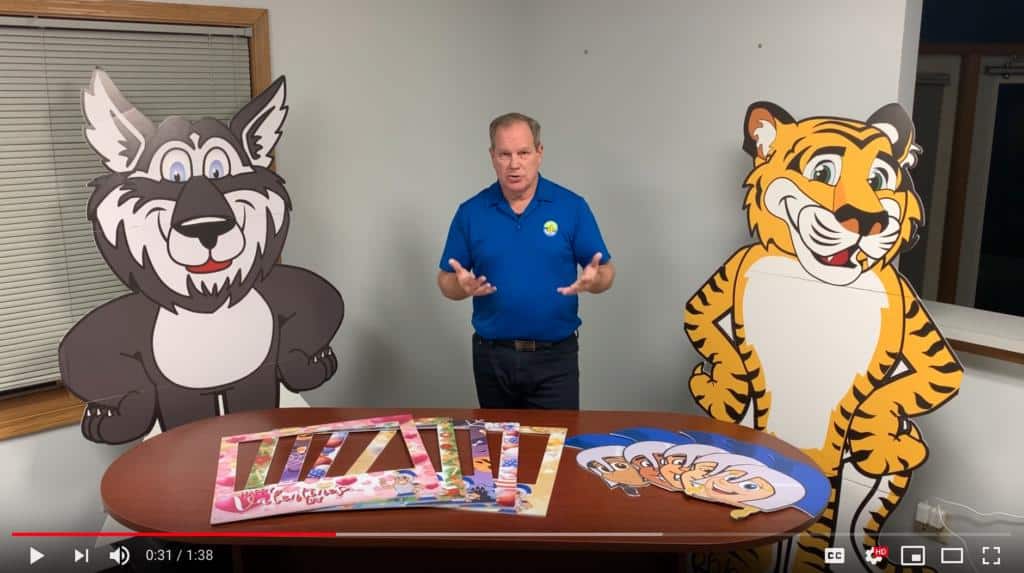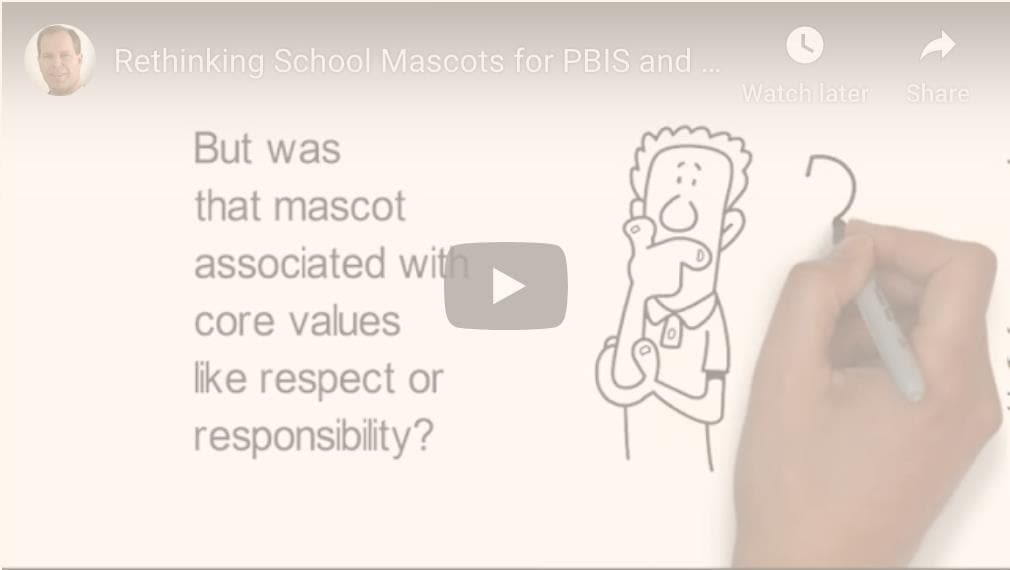Mascot-Centric School Climate
What if you could make students retain the positive behaviors you teach them for life? Powerful stuff! And it’s easier than you think. Creating a mascot-centric climate is the key.
Ask yourself this: Do you remember what your school mascot was when you were in school? If you answered “Yes,” you are part of the 97%* of people do, and those same people also believe they will remember what their mascot was for life.
But ask those same people if their mascot was associated with positive behaviors, like respect and responsibility, and most will say “no.”
Times are changing though. Educators are starting to use their mascot as a memory hook for teaching and retaining positive behaviors and core values. It works. Ask an old Boy Scout if they remember their core values, and they are likely to reply “A Scout is trustworthy, loyal, helpful, etc.”
Why do Scouts remember it so many years later? It’s because it is woven into their self-image. It is part of who they consider themselves to be. Similarly, if a student is a tiger, it is part of their self-image, and that is where the power comes from.
It is human nature to act consistent with one’s self image, good or bad. A person with a clear vision of their core values is more likely to demonstrate positive behaviors.
One’s self-image is, in essence, a person’s internal auto-pilot system. So if a child knows that a tiger is respectful and responsible, and they consider themself to be a tiger, their internal guidance system is set to act accordingly. This is a simple and psychologically sound system.
Getting a child to buy in to being a tiger is easy. Kids love mascots. They want to have tiger friends and be part of the tiger community. It is human nature to want to have social success inside the group one self-identifies with. There is a strong emotional reward associated with that success. Everyone wants to have friends and enjoy the good times associated with friendship. Everyone wants to belong, and be part of something bigger than themselves.
Concepts like respect and responsibility are not “picture words” so they are harder to teach. That’s why pictures of a tiger visually demonstrating what these behaviors look like in different parts of the school are critical. They make the nebulous topics easy to understand, even for young children that don’t read yet, or children that skim past written words.
The mascot also gives children an easy-to-follow roadmap for enjoying social success. Tiger rules are clearly articulated, and take much of the guesswork out of decision making. When it comes time for a child to make a decision, all they need to do is think of what a tiger would do. They are surrounded with visual examples of how tigers demonstrate positive behavior in different parts of the school. It’s far better than drawing from their very limited life experiences, many of which may actually be negative examples from outside of school.
99% of survey respondents said their anti-bullying efforts would be more successful if their school climate was more inclusive.* Mascot-centric climates are very inclusive. Everyone is a tiger, and there are no race, religion or sex associated with being a tiger. Mascot Junction’s human mascots are also multi-racial, and portray different abilities, to be inclusive.
Mascot Junction specializes in helping schools create mascot-centric climates to support positive behavior and character education programs. We have more than 120 kid-friendly mascots, and more than 12,000 illustrations of those mascots visually demonstrating positive behaviors. We use those illustrations to custom design and print posters, banners and other products for schools around the world.


